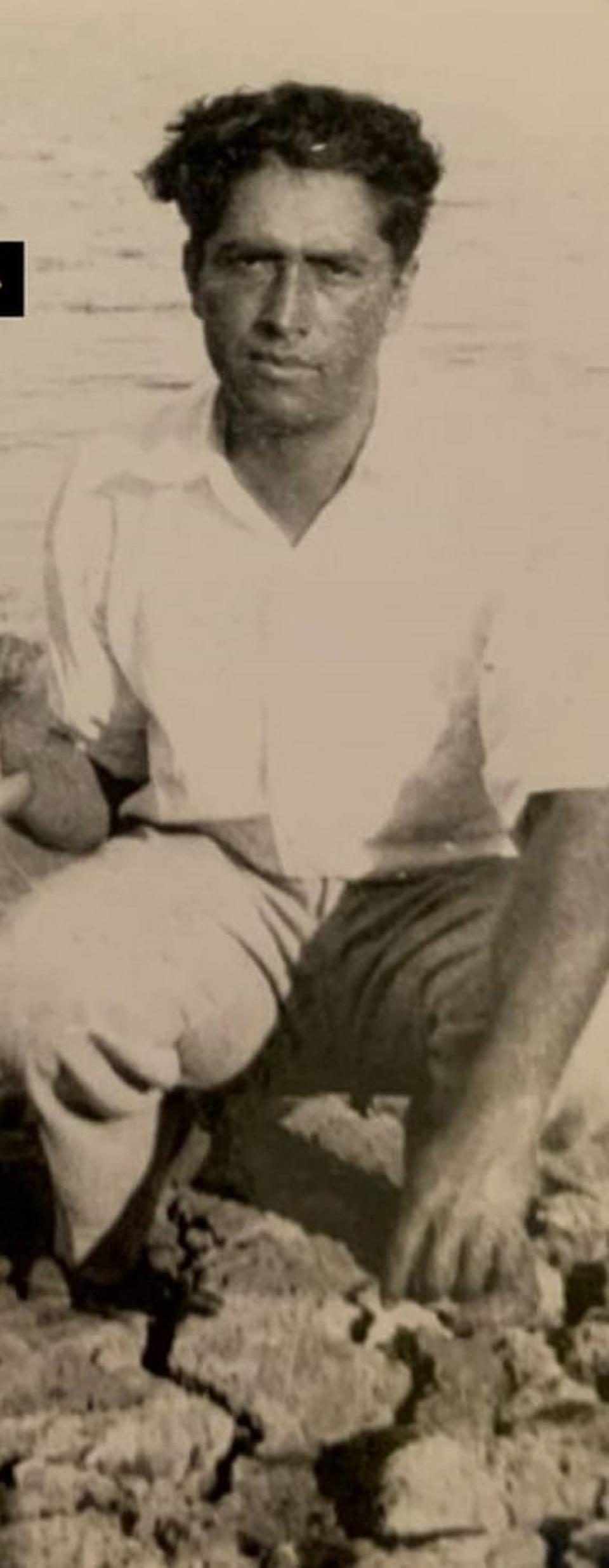Mexican families overcame discrimination, found community around Fort Worth steel mill
In the summer months of the 1940s and 1950s, Delia Vasquez Zamora’s family, along with other families on St. Louis Street on the south side, slept on their front lawns at night. With no air conditioners, the families formed a community of mutual support to cope with the heat.
Barrio adults parented each other’s children, ensuring any misbehavior was dealt with immediately. Zamora recalled her mother’s warning that she might not see Zamora’s misbehavior, but neighbors would.
Rosie Vasquez Maldonado, Zamora’s younger sister, remembered neighbors had skeleton keys to each other’s homes. They would borrow a key when someone forgot or lost their own.
Zamora fondly remembered her childhood in her barrio known as the La Fundición, or foundry, named after the Texas Steel mill on south Hemphill and Bolt streets. Many men from the same families — some recent Mexican immigrants — worked at Texas Steel.
In 1925, the majority white workers at Texas Steel went on strike for better wages. General manager George Washington Armstrong fired the strikers and recruited local Mexican workers. Born in Jasper County in 1866, Armstrong moved to Fort Worth in 1888, opening a law practice. When he entered the oil and banking industries, he became a multimillionaire and prominent civic leader. He served as alderman in 1890 and was elected Tarrant County judge from 1892 to 1896. He endorsed the Ku Klux Klan, wrote anti-Semitic screeds, accused the Rothschild banking firm of conspiracy to dominate the world, and advocated white supremacy. His racist attitudes didn’t prevent him from hiring Mexican people and Black people for the harsh foundry work.
Zamora’s father Augustin Castro Vasquez, came to the United States in 1916 and soon worked at Texas Steel. Delia and Rosie took tacos, prepared by her mother Elvira Cano Vasquez, to her father for lunch. Visible heat waves wafted from the factory. They watched Mexican steel workers carefully remove red hot ores from the furnaces. Except for ice water, no cooling equipment protected workers from the heat.

Hortencia Pacheco Laguna, raised in the La Fundición barrio, said her brother Blas worked at Texas Steel in the 1940s until he enlisted in the Army. Another brother, Adam, also enlisted and fought in Europe, avoiding capture by the Germans. In Blas’ absence, his father, Fernando Pacheco, in his 60s, asked Armstrong to allow him to take his son’s job. He explained he was out of work, making it difficult to feed his 11 children. Armstrong hired him to work as a gardener, concerned he couldn’t handle the intense heat or physical demands.
Adam returned from the war, but Blas was killed in action on Bougainville, Solomon Islands, in the Pacific Theater. In 1944, he was posthumously awarded the Bronze Star.
Armstrong also gave Fernando a company shed he had intended to discard. The general manager had it delivered to Fernando’s lot on Alice Street. Fernando moved his family into the shed and, over the years, added rooms. Armstrong also built houses on Fogg Street for his workers, which they called las casitas amarillas, or the little yellow houses.
Trey Bright researched the Mexican workers’ role at Texas Steel for a paper in Richard Selcer’s TCU history class. (Selcer is a contributor of Fort Worth Star-Telegram history columns.) Based on interviews with Ricardo Gonzales, who worked at Texas Steel from 1925 to 1939, Bright wrote the company allowed Mexican workers to live in a horse barn on Bolt Street. Dividing the barn into separate family spaces, Armstrong installed wooden floors, except for the dirt floor in the middle. Gonzales and other boys carried pails of water from the mill to a barrel in the barn.
Bright learned the workers would change clothes after work and bathed in segregated showers: White people downstairs, Mexican people upstairs. The company built a separate shower for Black people outside the mill.
Gonzales said steel work was hot and dangerous. He witnessed a worker’s ear severed by a metal cutting tool. A boiler explosion blinded a Black worker from Mississippi. Gonzales reported Armstrong “took care of him until he died.”
Zamora’s father Augustin fell from a platform on the job, dislocating his shoulder, which required a metal rod. In his recovery at home, Augustin was visited by “Compadre Ray,” his white supervisor, once a week. (Compadre means close friend.) Although Ray couldn’t speak Spanish and Augustin barely spoke English, they comprehended each other’s sentiments. El compadre also raised money from fellow workers for get-well flowers.
Though Armstrong had white supremacist attitudes, he valued the Mexican employees’ work ethic and willingness to toil in harsh conditions. Simultaneously, Mexican families of La Fundición formed a close-knit community to overcome the summer’s and mill’s sweltering heat and prevailing discrimination with resiliency and fortitude.
Author Richard J. Gonzales writes and speaks about Fort Worth, national and international Latino history.

